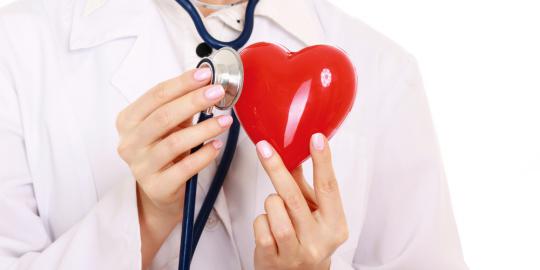The complete and sudden loss of cardiac function is known as cardiac arrest. It is generally less often due to a systole and mostly due to ventricular fibrillation. When the heart is visible, they can usually be distinguished during cardiac surgery or only by an ECG. Before an ECG is available, more commonly attempts at resuscitation have to be initiated. When the death has occurred as a result of an accident, the indication for resuscitation is clearest, or when the cardiac arrest occurs during the course of an investigation such as cardiac catheterization, or with an electric shock or from drowning or even from an intravenous injection.
Based in Free port, Maine, Dr. Lowell I. Gerber is an active advocate of personalized nutrition and diplomat of the American Board of Internal Medicine. Being a cardiologist, he gives us few steps to recover from cardiac arrest.
– Together with mouth-to-mouth ventilation, the development of the technique of closed chest cardiac massage, has improved the outlook infinitely and now all nurses, doctors, attendants and ambulance drivers should have received instruction in this enormously significant form of first aid.
– To determine when it is inappropriate to attempt resuscitation is one of the problems in hospital practice and to ensure that such attempts are not made, with all the concern which they certainly produce for other patients in the ward, when there is a great probability that they will be unsuccessful. Until someone familiar with the illness of the patient can make the decision as to whether the attempt should continue, undoubtedly it is sometimes essential to institute resuscitation.
– The brain suffers irreversible damage unless some circulation of oxygenated blood can be achieved within 2 or 3 minutes. Both legs should be elevated to 90 degrees and a smart blow should be given to the left of the sternum with the fist or hand, mouth-to-mouth breathing and closed chest massage should be instituted as indicated by the return of the femoral pulse or carotid, if the heart does not start immediately.
– The patient is laid on the back on boards or on the floor, which are put on the mattress behind the chest. At the rate of 60-100/mm on top of the other, the operator places the hands one on the patient’s lower sternum and starts forceful rhythmic compressions.
– If the pressure is transmitted through the ball of the hand on to the sternum, the danger of fracturing ribs is reduced. The jaw is pulled forward and the head is extended. Until a face mask and bag are available, mouth-to-nose or mouth-to-mouth breathing is employed. After every fifth compression of the sternum the lungs should be ventilated.
– Without heart failure or shock, those who have had a myocardial infarction, the success rate is best for accidental death. If it transpires that the failure of acute circulatory was due to cardiac rupture following cardiac tamponade, myocardial infarction or massive pulmonary embolism, resuscitation will be almost certainly ineffective.
Some of the Steps for Emergency resuscitation are:
- Do raise chin and hyper-extend head
- Direct breathing of mouth-to-mouth
- Indirect breathing of mouth-to-mouth
- Cardiac massage
According to, Dr. Lowell I. Gerber, from failure to produce a pulse such a cause can be suspected and in every patient having closed chest cardiac massage, this evidence should always be pursued.

